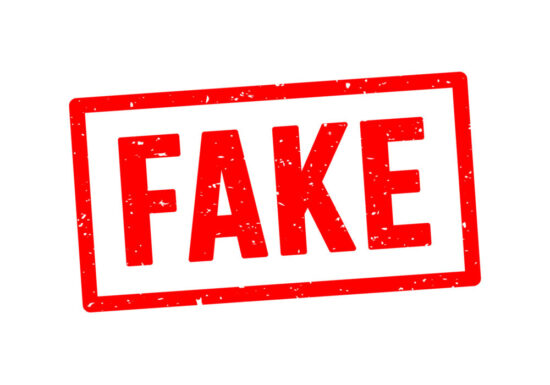
Money orders are typically viewed as one of the most secure and reliable forms of payment. However, since fake money orders are certainly out there, knowing how to separate the legitimate ones from the fraudulent ones is essential. If you aren’t sure where to begin, here are seven physical signs of a fake money order.
1. No Watermark
The vast majority of money order issuers have watermarks on their money orders. Usually, you can either see them by viewing the money order from a particular angle or by exposing the document to UV light. If there isn’t a watermark present after doing both of those checks, consider it a warning sign.
2. The Coloring Is Wrong
While black text printed on a money order is common, most money order paper isn’t black and white. Instead, they feature colors, often specific ones relating to the issuing entity, the type of money order, or both. If there isn’t any color on the document, that’s a red flag.
Similarly, if dollar amounts listed on the money order are printed in a color other than black or indigo blue, that might be a reason for concern. Now, some of the numbering may be in another hue – such as the Post Office number on USPS money orders – but the dollar amounts are usually black or indigo blue. If you see another color, you should take extra precautions to ensure the money order is real before depositing.
3. No Security Thread
A security thread looks like a thick line running vertically across the front of the money order. Usually, it features some lettering or symbols that align with the issuing entity. For example, a USPS money order has USPS on the security thread, running in alternating directions.
Additionally, security threads are an embedded element. They aren’t simply printed onto the money order. As a result, they feel a bit different than the rest of the money order when touched. If a security thread isn’t present or seems printed on instead of woven in, that should give you pause.
4. Discoloration Around the Dollar Amount
Discoloration around the dollar amount on a money order usually signals that the money order has been altered. Technically, the document itself may be authentic. However, a scammer removed the original dollar amount and replaced it with something else, typically a number far above the initial amount listed.
Check the space between any numbers to see if it varies from the rest of the money order. If the color is off – either in color or the strength of the hue – that is a red flag.
5. The Amount Exceeds a Maximum
Most money order issuers have maximum amounts that can be put on a money order. For example, domestic money orders from USPS are limited to $1,000. If you have a money order for a suspiciously large amount, contact the issuer to find out about their maximums. If the number on the money order is above what they state, there’s a good chance it’s a fake.
6. Two Money Orders with Vastly Different Serial Numbers
Like checks, money orders have unique numbers on them to identify the transaction. For a money order, that usually comes in the form of a serial number, which functions similar to the four-digit check number most people see on their personal checks.
If you receive two money orders with the same issuer and issue date, the serial numbers should be close together. In most cases, more than a digit or two apart is cause for concern, as that could indicate that a scammer printed random numbers on a fake money order, assuming that it looked more authentic.
7. The Phone Number Isn’t Legit
Money orders typically have a phone number listed that’s associated with the issuing entity. More often than not, these are well-published customer service numbers. Since that’s the case, you can search for the phone number online and see if it connects to the issuer’s main website. If not, that could be the sign of a fake money order.
Scammers will set up fake phone lines to try and trick customers into thinking they’re speaking with a legitimate issuer. Since that’s the case, you don’t want to call that number to verify. Instead, do a search to see if the number is published in a place you expect. You can also contact the issuer directly – using a number you find on its own website – and ask if the number or money order is authentic, just to be safe.
Can you think of any other physical signs of a fake money order people should know? Have you ever encountered a fake money order and want to tell others about your experience? Share your thoughts in the comments below.
Read More:
- How to Recognize a Fake Bank Email
- How Do You Spot a Savings Club Scam?
- 7 Overpayment Scams You Should Know About
Come back to what you love! Dollardig.com is the most reliable cash back site on the web. Just sign up, click, shop and get full cash back!
Tamila McDonald is a U.S. Army veteran with 20 years of service, including five years as a military financial advisor. After retiring from the Army, she spent eight years as an AFCPE-certified personal financial advisor for wounded warriors and their families. Now she writes about personal finance and benefits programs for numerous financial websites.
Comments